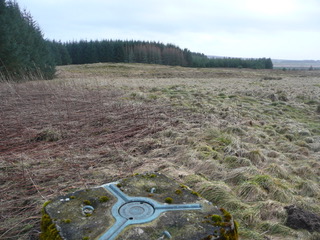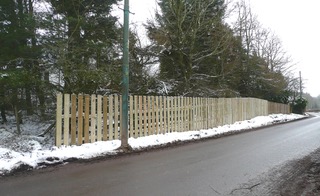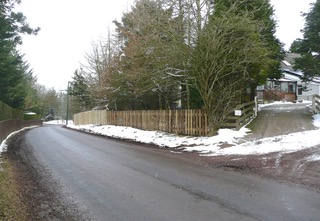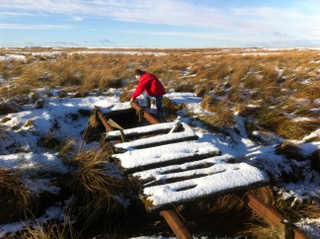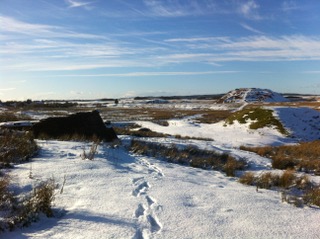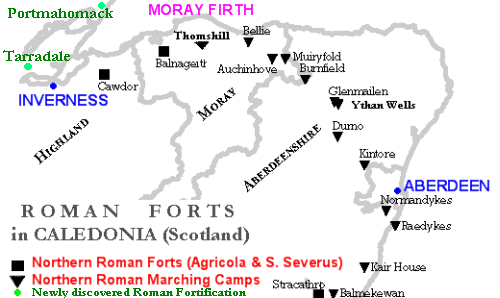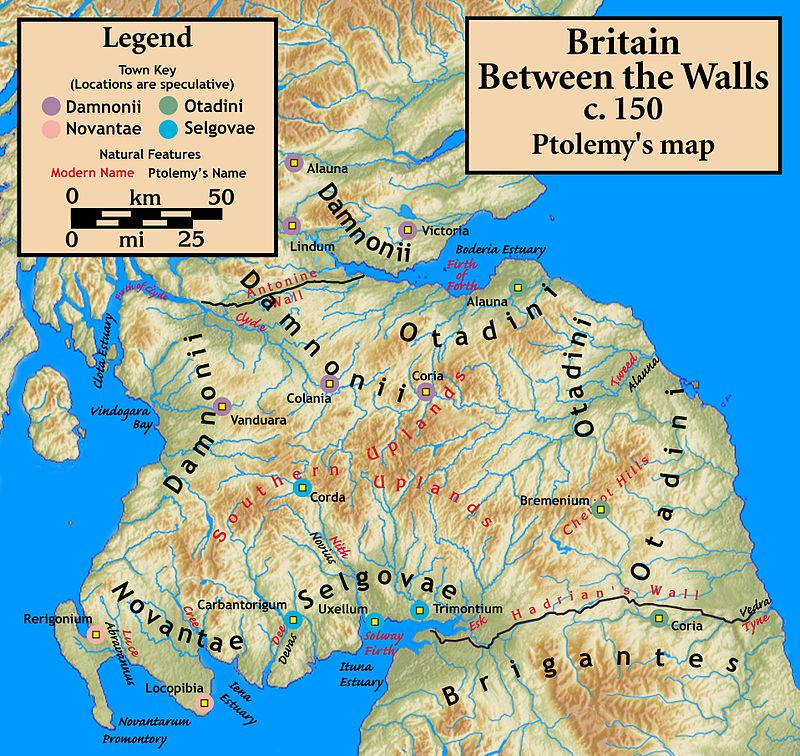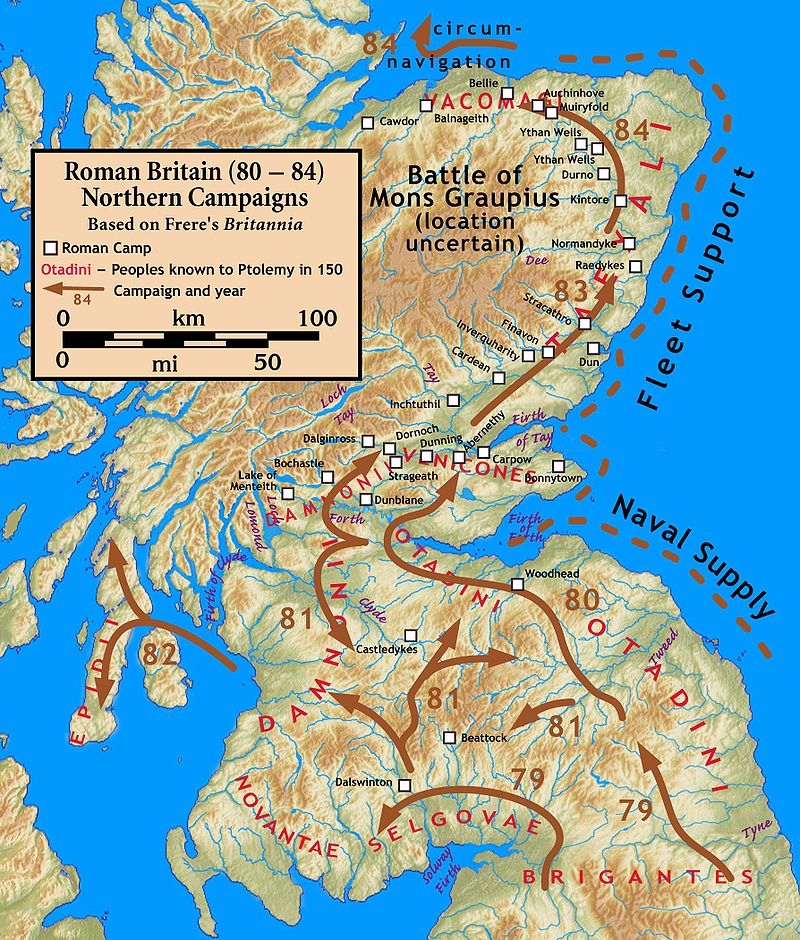11/02/2018
Not any warmer, and more snow on the way. It seems that this year is going to be on the instalment plan, usually if it snows there is a relatively short episode of one or two blizzards followed by a slow melt and that’s about it. I’d expect a few weeks of frosts, usually only giving windscreen and bird feed problems. This time it seems the arctic air had brought low enough temperatures to turn the rain to snow and, while it generally melts over a week or so it hasn’t all gone before the next batch. The village is at 1000 feet, which means the low lying areas nearby are often snow free, but the Pentland Hills and the local fields are and have been white for some time. We can usually expect a fairly accurate forecast from the BBC weather page, if Tarbrax is selected specifically, and I think that’s what the council gritters run by. We see them go past the house once a day at least, and come back again of course as it’s not a ‘through road’, and they don’t come if they are not fairly sure of ice or snow. Overall it’s a good service although heading into West Lothian can be tricky as they are a little less enthusiastic so going over the border can mean going from tarmac to ice. When this happens on a bend or hill top, life becomes interesting for the incautious.
I decided against doing the full length of the property as that would be twice as long again.  Fortunately the prices of my local supplier of materials, BHC of Carnwath, are very reasonable, the taller lighter coloured section of staves, rails and planks only cost a couple of hundred pounds, although having them put up professionally would have cost a fair bit more. As long as I’m strong enough I’ll do that sort of thing myself though. Very few professionals care enough to do it well, and although unskilled I’ve found I get a better product. Or at least I know who to complain to.
Fortunately the prices of my local supplier of materials, BHC of Carnwath, are very reasonable, the taller lighter coloured section of staves, rails and planks only cost a couple of hundred pounds, although having them put up professionally would have cost a fair bit more. As long as I’m strong enough I’ll do that sort of thing myself though. Very few professionals care enough to do it well, and although unskilled I’ve found I get a better product. Or at least I know who to complain to.
The history of the area, with rail tracks, farm tracks, roads and footpaths provides quite a few walks, we recently had a look at Castle Greg from even further back, which is actually a small roman fort a few miles from the village. Apparently it is in very good condition, although now mostly a ditch and bank which the timber palisade would have stood on. Well north of Hadrian’s wall and south of the Antonine wall and operational in the first century ad, it must have been a bleak posting, and there wouldn’t have been the sheltering trees then.
I confess to finding it slightly irksome that most media based historians consider that the Romans only went as far north as Hadrian's wall, and that it marks the edge of Scotland, beyond which there was 'nothing much of interest' There was no such border then, and they were involved with most of what is now Scotland at some point.
'Bracing' is the word they used to use, though there are others that come to mind when a sudden blast of chilled air turns your ears to ice.
